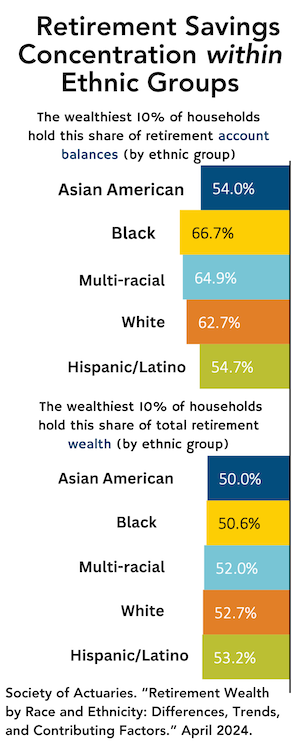In Ibexis’ FIA Plus contract, the BoA and HSBC indexes are “excess return” indexes. In that context, the term “excess return” is not intended to reference “out-performance relative to a benchmark” or “alpha.” It means the net performance of a market index above the yield of a risk-free asset, such as short-term Treasury bonds.
Why use excess return indexes in FIAs? They help stabilize both an FIA’s cost (what the insurer pays for options on the index) and its renewal rates (the new participation rates or caps that the insurer announces at the start of each contract year). This will require a brief explanation of the internal dynamics of an FIA.
To create a plain-vanilla FIA, a life/annuity company uses a percentage of a contract owner’s premium (roughly dictated by the current corporate bond yield, minus the insurer’s expenses, or currently about 4% of premium) to buy a call option on a selected market index.
If the index goes up during a specific crediting period (one contract year, for instance), the options gain value, the contract owner gets the gain, up to a cap or participation rate that depends on the issuer’s options budget. If the index goes down during the crediting period, the options expire without value. The contract owner’s account value neither gains or loses value, because they only spent a year’s worth of interest to buy the options, without using principal.
But there’s a potential problem. Over the multi-year term of an FIA contract, volatility waxes and wanes. High volatility in interest rates or equities can drive up the cost of options. FIA issuers must either absorb the higher costs or pass them along to the contract owners in the form of lower crediting rates at the end of each contract year. If issuers renew rate caps and participation rates at stingier levels, contract owners and agents become unhappy.
An excess return index in effect absorbs fluctuations in interest rates and leaves options prices stable. Stable options prices mean stable renewal rates. Contract owners and agents like that.
The cost of options also varies with equity price volatility. To tame this kind of volatility, sophisticated algorithms inside many of today’s FIA indexes automatically move money from risky assets to cash when volatility soars (and back again when markets settle down). This mechanism also helps keep options prices and renewal rates stable.
When you embed both mechanisms–the excess-returns mechanism and the volatility controls–in the design of an FIA index, they smooth out performance. “When the two main drivers of hedge cost changes— interest rates and volatility—are removed from the equation, the index that’s left is highly stable and predictable,” explained Kevin Cloud, a vice president and actuary at CreativeOne, one of Ibexis’ designated wholesalers.
Vol-control mechanisms can actually dampen expected returns enough to reduce options prices (all else being equal) on an index. The FIA issuer can then afford to offer richer crediting rates. That’s why you see participation rates of 200% or more on some indexes.
For instance, “if a price-return version of an index had an expected return of 12%, the expected return of an ‘excess return’ version of that index might be only 7%,” Cloud told RIJ. “That might translate into a participation rate of 100% for the price-return version but 140% for the excess return version.”
On page 329 of its new “Retirement Security Rule: Definition of an Investment Advice Fiduciary,” issued on April 23, 2024, the Department of Labor warned that these mechanisms can make crediting rates look deceivingly generous:
“The complexity of some index options allows insurance companies to reduce volatility by adjusting the index’s exposure to risk based on market conditions. These include volatility-targeting indexes, which are designed to maintain a consistent level of volatility over time by automatically adjusting exposure to riskier assets, and minimum variance indexes, which select stocks with the lowest historical volatility and adjust the weights of each stock to achieve a target level of risk,” the DOL rule said.
“Some indexes incorporate an ‘excess return’ component, where a benchmark return is subtracted from the gross return to determine the amount of ‘excess’ return that contract owner will earn. Depending on market conditions, it is possible that the excess return feature will materially erode the return on the annuity, which may create confusion and disappointment for owners who do not fully understand the complexity and potential impact of this feature.”
© 2024 RIJ Publishing LLC. All rights reserved.


